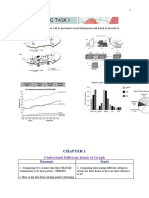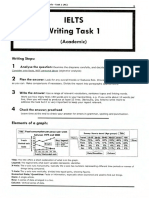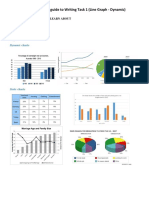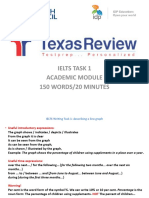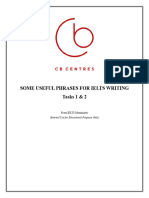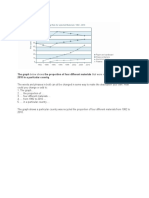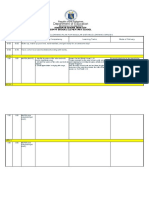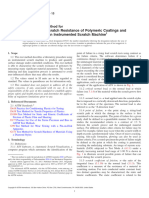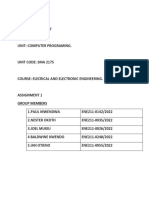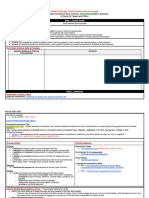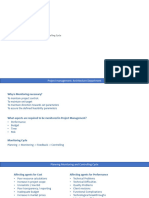0% found this document useful (0 votes)
22 views30 pagesDiagram
The document provides guidance on writing about various types of visual data representations, including pie charts, bar charts, line graphs, and tables. It emphasizes the importance of objective analysis, interpretation of data, and the use of formal language to convey trends, comparisons, and statistics effectively. Additionally, it includes examples and exercises to practice writing skills related to these visual aids.
Uploaded by
sudenazcsgn15Copyright
© © All Rights Reserved
We take content rights seriously. If you suspect this is your content, claim it here.
Available Formats
Download as PPTX, PDF, TXT or read online on Scribd
0% found this document useful (0 votes)
22 views30 pagesDiagram
The document provides guidance on writing about various types of visual data representations, including pie charts, bar charts, line graphs, and tables. It emphasizes the importance of objective analysis, interpretation of data, and the use of formal language to convey trends, comparisons, and statistics effectively. Additionally, it includes examples and exercises to practice writing skills related to these visual aids.
Uploaded by
sudenazcsgn15Copyright
© © All Rights Reserved
We take content rights seriously. If you suspect this is your content, claim it here.
Available Formats
Download as PPTX, PDF, TXT or read online on Scribd
/ 30


